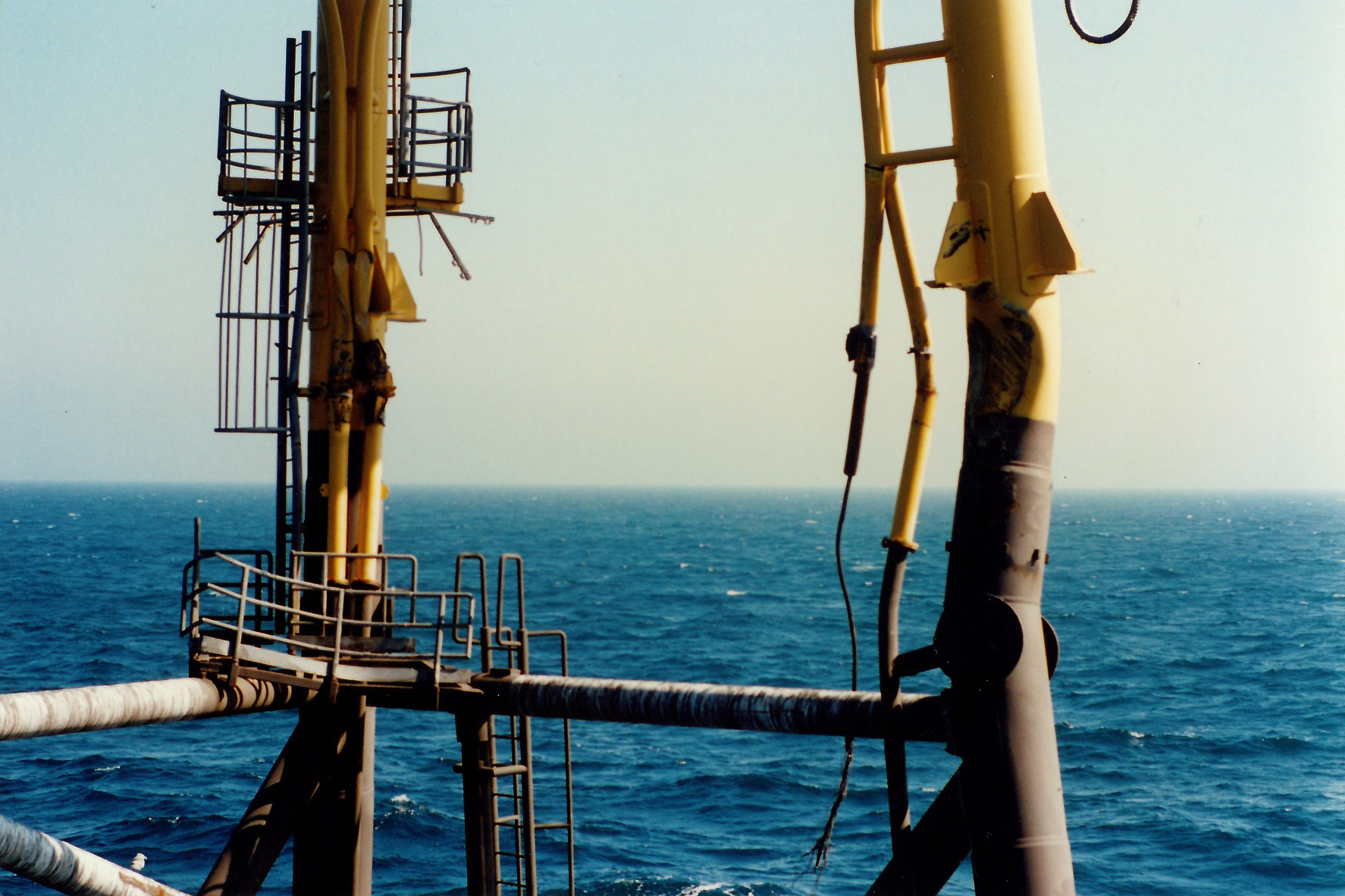Clamping

There are many types of structural clamp, each type having its own merits according to the intended application it is designed to solve. Some are designed specifically to carry load whereas others are designed to provide stability. If a tubular member is dented or requires strengthening, there are a number of clamping options. A clamped connection is typically fabricated in two sections, split to accommodate installation around an existing member or joint.
Unstressed grouted connection
The annular space created by the clamp is filled with grout. Bolts are fully tightened prior to injection of grout into the annular space between the sleeve and the existing tubular member: the grout/steel interface is not therefore stressed.
Using grout allows for larger annular tolerances, along damaged or member imperfections, enabling even load transfer along the repair. The means of load transfer is via bond and interlock between the grout/steel interface. Although bond and interlock may be sufficient in certain conditions, it is often necessary to use a long connection, to generate sufficient load transfer capacity.
Stressed mechanical clamp
Stressed mechanical clamps provide a connection between two concentric tubulars. This type of clamp relies on the friction capacity of the interface between the two tubulars for load transfer. The outer saddles are stressed together to generate a force normal to the friction surface. This is created through long bolts which apply load to the saddle halves that produce friction grip onto the base member.
Stressed grouted clamp
The stressed grouted clamp is a hybrid of the unstressed grouted connection and stressed mechanical clamp. Cementitious material is placed into the annular space between the tubulars and once it reaches a predefined strength an external force is applied by tightening the long studbolts holding the casings together, stressing the grout. Base member obstructions such as weld beads or small doubler plates can be accommodated within the grout annulus.
The strength of a stressed grouted clamp comes from a combination of plain pipe bond and grout/steel friction that develops from compressive radial stress at the grout-to-tubular member interface.
Stressed grouted clamps exhibit high strength-to-length ratio and combined with its ability to absorb significant tolerances, make this repair technique very popular.
Stressed elastomer-lined clamp
Much like the stressed grouted clamp in design, however the inside of the clamp saddle is lined with an elastomer material, creating the friction-based connection. The long studbolts holding the casings together are tightened, stressing the connection.
The strength of an elastomer-lined clamp is significantly lower than that of a stressed grouted clamp because of the low stiffness of elastomer lining compared to that of steel.